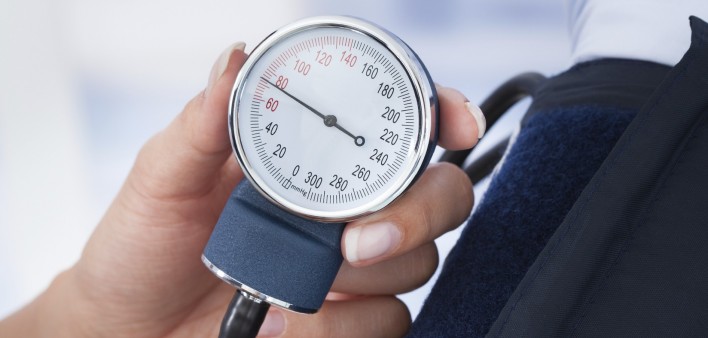The U.S. HIV population has high blood pressure at a rate considerably higher than the general population, aidsmap reports. Furthermore, the condition often goes undiagnosed and untreated among them.
Publishing their findings in Open Forum Infections, researchers analyzed data on 8,631 people living with HIV who were enrolled in the Medical Monitoring Project—a data source that provided the study authors with a nationally representative sample of individuals who received care for the virus in 2013 and 2014. The cohort members provided data about hypertension through interviews; otherwise the researchers drew relevant information on these individuals from their medical records.
The study authors defined someone as having high blood pressure, or hypertension, if they either had a recorded diagnosis, were on treatment for the condition or their last two blood pressure readings were at least 140 over 90.
Forty-two percent of the study cohort had high blood pressure (compared with 29 percent of the general U.S. population). Of this group, 13 percent were neither diagnosed nor treated for the condition, 49 percent were receiving treatment that had controlled the condition, 26 percent were receiving treatment that was not controlling the condition and 12 percent were unclassified.
The investigators found that high blood pressure was linked to being older, male, nonwhite, recently incarcerated, uninsured and recently homeless, living in poverty and having a lower level of education, a high body mass index (BMI), a low recent CD4 count and a detectable viral load.
Additionally, the study authors found that having high blood pressure that had not been diagnosed or treated was associated with being younger, male, a smoker, uninsured and recently incarcerated, living in poverty and having a lower level of education and a detectable viral load.
To read the aidsmap article, click here.
To read the study abstract, click here.







Comments
Comments